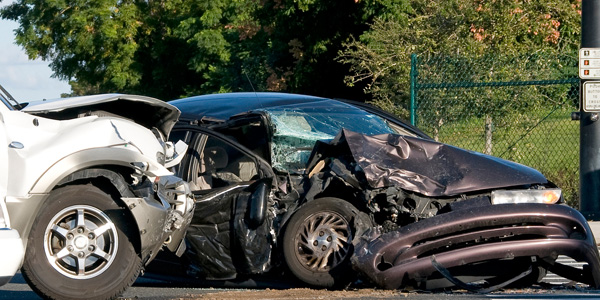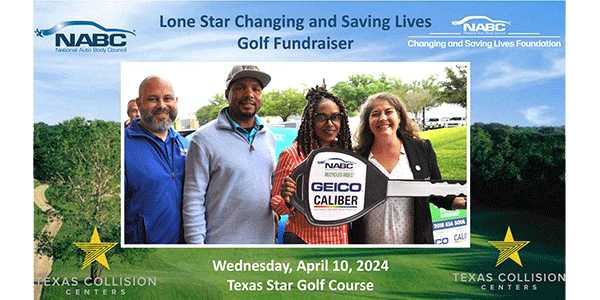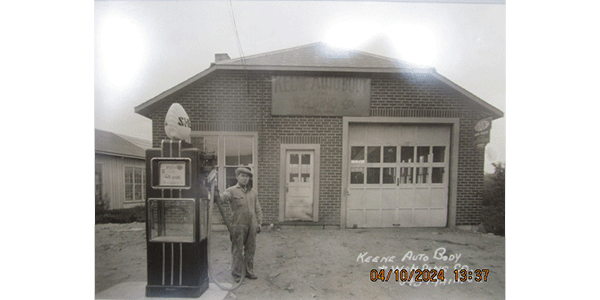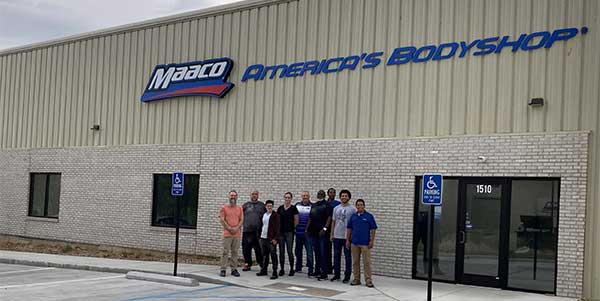
The U.S. Department of Transportation’s National Highway Traffic Safety Administration (NHTSA) has released highway crash fatality data for 2018, showing a 2.4 percent decline in overall fatalities, the second consecutive year of reduced crash fatalities.
“This is encouraging news, but still far too many perished or were injured, and nearly all crashes are preventable, so much more work remains to be done to make America’s roads safer for everyone,” said U.S. Transportation Secretary Elaine L. Chao.
The data, compiled by NHTSA’s Fatality Analysis Reporting System (FARS), shows that highway fatalities decreased in 2018 with 913 fewer fatalities, down to 36,560 people from 37,473 people in 2017. The fatality rate per 100 million vehicle miles traveled also decreased by 3.4 percent (from 1.17 in 2017 to 1.13 in 2018), the lowest fatality rate since 2014.
Other findings from the 2018 FARS data include:
- Fatalities among children (14 and younger) declined 10.3 percent
- Alcohol-impaired-driving fatalities declined 3.6 percent
- Speeding-related fatalities declined 5.7 percent
- Motorcyclist fatalities declined 4.7 percent
In addition to the 2018 numbers, NHTSA also released initial estimates for the first half of 2019, which suggest that this overall positive trend may be continuing.
“New vehicles are safer than older ones and when crashes occur, more new vehicles are equipped with advanced technologies that prevent or reduce the severity of crashes,” said James Owens, acting administrator of NHTSA. “NHTSA has spent recent years partnering with state and local governments and safety advocates to urge the public to never drive impaired or distracted, to avoid excessive speed and to always buckle up.”
The estimated number of fatalities in the first half of 2019 declined by 3.4 percent from the same period in 2018, with 589 fewer fatalities over that time. That translates to an estimated first-half 2019 fatality rate of 1.06, the lowest first-half level since 2015. The estimates for the second quarter of 2019 represent the seventh-consecutive year-over-year quarterly decline in fatalities, starting in the last quarter of 2017.
NHTSA is identifying opportunities to leverage its resources and collaborate with modal partners within USDOT to reduce fatalities among pedestrians and pedalcyclists (bicyclists and riders of two-wheel, nonmotorized vehicles, tricycles and unicycles powered solely by pedals), among whom 2018 fatalities unfortunately increased by 3.4 percent (to 6,283) and 6.3 percent (to 857), respectively. According to the FARS data:
- Pedestrian fatalities occurred overwhelmingly after dark (76 percent), when many pedestrians had some alcohol in their systems (38 percent) and were not at intersections (74 percent; i.e., crossing in the middle of a street or road)
- Pedalcyclist fatalities often occurred after dark (50 percent of the time), with some alcohol in their systems (26 percent), and outside of intersections (60 percent)














